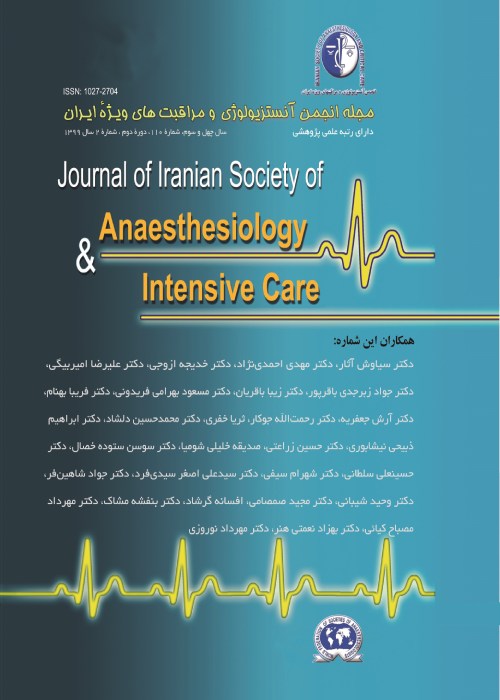Designing a Business Intelligence Framework Based on Patient Prioritization and Proposal of Bed Allocation Business Intelligence Model
Similar to industrial units, hospitals comprise of production factors including capital, human resource, technology and management. Successful performance of hospitals depends upon the way in which resources and in particular beds are allocated to patients. Thus it is necessary to implement an effective bed management so that on-demand healthcare services are accessible. In the same vein, hospitals need business intelligence tools to increase productivity, predict resource and equipment capacity and upgrade the healthcare service level so that they can achieve an effective bed management. Thus present research aimed to design a business intelligence model for bed allocation based on patient prioritization and allocation of equipment and services.
First the primary model was provided for bed allocation based on prioritization in a business intelligence concept framework. Then according to the conceptual model, required data were collected from various databases of neurosurgical intensive care units (ICUs) of Loqhman Hakim hospital by using ETL process and building data warehouse. In the next step, data mining classification algorithms were used to classify patients and develop prediction model. Then, patient classes were prioritized and simulation model was used to identify the effect of this prioritization. At last, the final model was provided.
The primary model for bed allocation based on prioritization in business intelligence concept framework was tested by data collection from 420 patients, data mining to classify them using decision tree technique with %87.02accuracy, prioritization of patient classes using PROMETHEE technique and simulation of 14 ICU beds based on collected data. Finally, it was estimated that the monthly number of hospitalized patients with and without prioritization were 76 and 86 respectively, Discussion and
After observing the positive results of the primary model for bed allocation based on prioritization including a 13 percent increase in monthly admission numbers and in turn, increased productivity proving model effectiveness, the next step was to develop a comprehensive business intelligence model for bed allocation based on prioritization of patients. The model was designed in business intelligence framework using online data collected from patients. The information provided by this model cAan be an effective decision making support for physicians and healthcare service providers in choosing patients in admission process.
- حق عضویت دریافتی صرف حمایت از نشریات عضو و نگهداری، تکمیل و توسعه مگیران میشود.
- پرداخت حق اشتراک و دانلود مقالات اجازه بازنشر آن در سایر رسانههای چاپی و دیجیتال را به کاربر نمیدهد.


